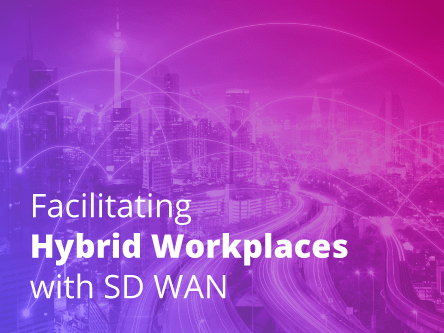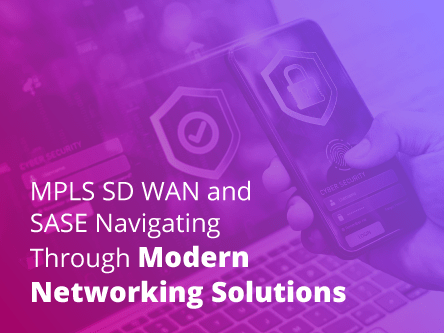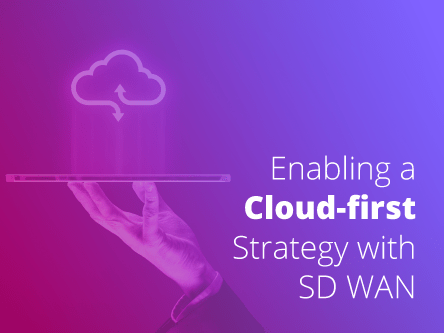Half a decade ago, the public cloud was shot into the limelight as the transformative technology for enterprise IT and business processes. It signalled the beginning of the end for some industry professionals as fear arises that the cloud is out to eradicate data centres around the world.
Fast forward to 2020, data centres and public clouds are inseparably intertwined in many digitally mature enterprises.
Hybrid cloud has been the preferred computing environment, favoured by financial institutions, governmental organisations and almost every other enterprise.







